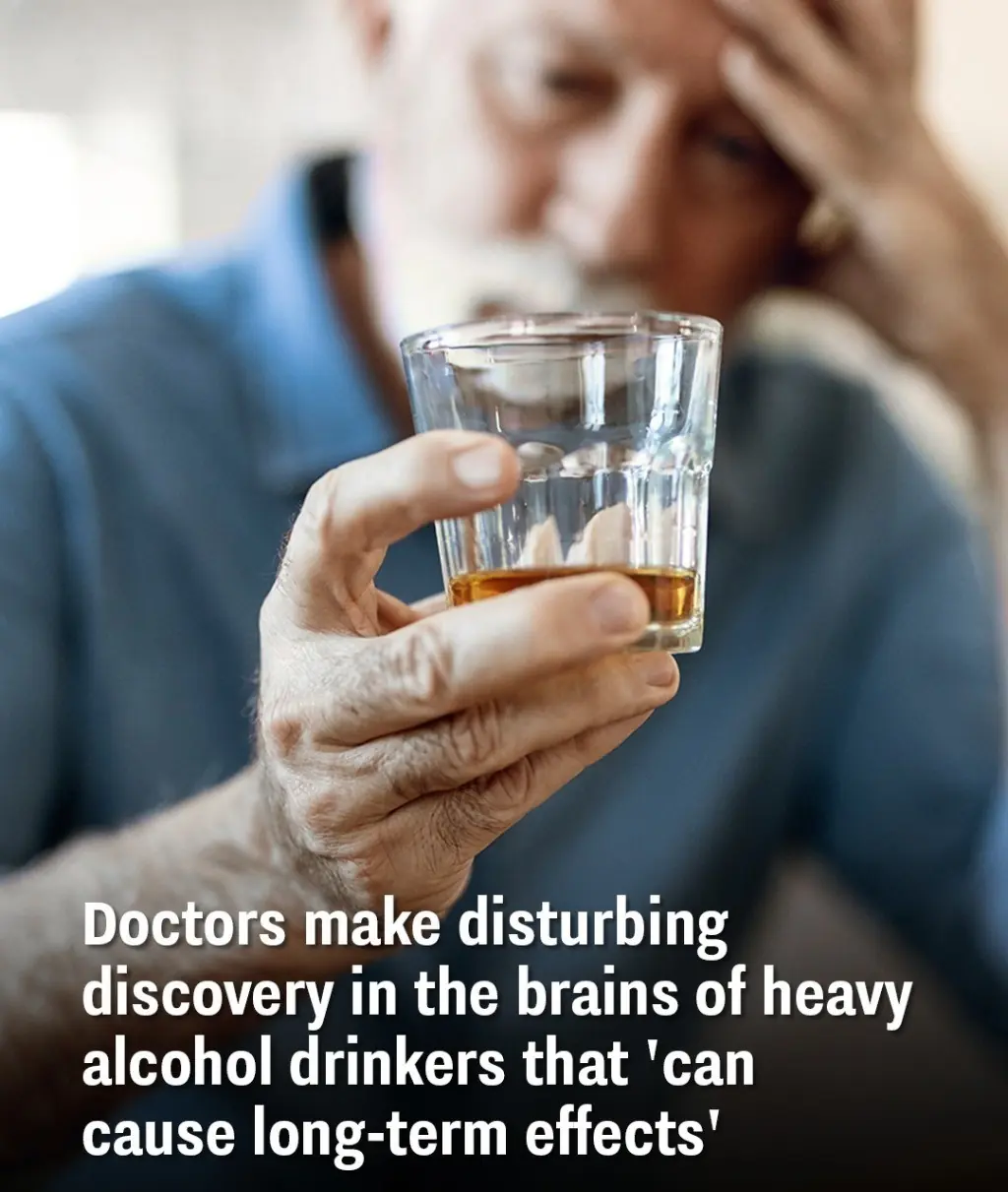
What Does a Blood Clot Feel Like? Experts Share Common Signs and Symptoms
What Does a Blood Clot Feel Like? Experts Share Common Signs and Symptoms
Blood clots are a natural response of the body to stop bleeding, but when they form in the wrong place or at the wrong time, they can become life-threatening. Understanding what a blood clot feels like and recognizing its symptoms early can be critical to preventing serious complications such as stroke, heart attack, or pulmonary embolism. So, what does a blood clot feel like? Medical experts say the answer depends on the type, location, and severity of the clot. Here's what you need to know.
Common Locations and Symptoms
1. Deep Vein Thrombosis (DVT)

The most common type of dangerous clot is deep vein thrombosis, typically occurring in the legs or thighs. According to Dr. Karen Jacobs, a vascular specialist, DVT symptoms often start subtly but can quickly become serious.
-
Pain or tenderness in the leg, especially in the calf or thigh, that might feel like a cramp or soreness.
-
Swelling in one leg (rarely in both), which may be accompanied by warmth or redness.
-
A feeling of heaviness or tightness, sometimes mistaken for a pulled muscle.
Dr. Jacobs notes that “if the pain doesn’t go away with rest, or if the swelling gets worse, that’s a red flag.”
2. Pulmonary Embolism (PE)

A blood clot in the lungs, known as a pulmonary embolism, is a medical emergency. This often occurs when a DVT travels from the leg to the lungs. Symptoms can appear suddenly and may include:
-
Sudden shortness of breath, even while at rest.
-
Sharp chest pain that worsens with deep breaths or coughing.
-
Rapid heartbeat or palpitations.
-
Coughing up blood, although this is rare.
PE can feel similar to a heart attack. Dr. Samuel Lee, a cardiologist, warns, “Any unexplained shortness of breath or chest pain should be taken seriously. It’s always better to seek immediate medical attention.”
3. Blood Clots in the Brain (Stroke)
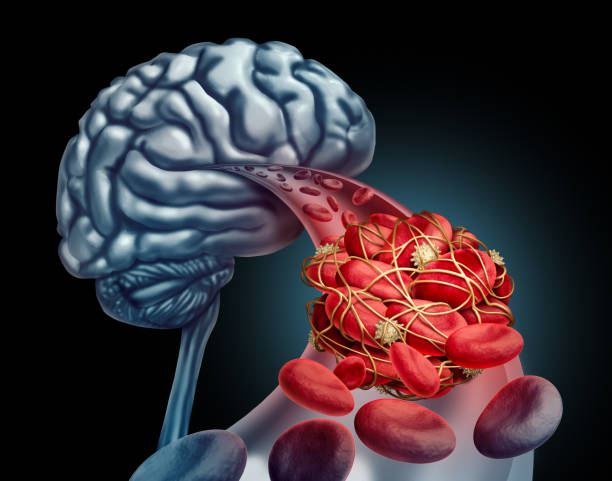
When a clot blocks blood flow to the brain, it causes a stroke, which can result in permanent damage if not treated quickly.
-
Sudden numbness or weakness in the face, arm, or leg, particularly on one side of the body.
-
Confusion, difficulty speaking, or understanding speech.
-
Blurred vision in one or both eyes.
-
Dizziness or loss of balance.
The acronym FAST (Face drooping, Arm weakness, Speech difficulty, Time to call 911) is often used to recognize stroke symptoms.
4. Blood Clots in the Heart (Heart Attack)
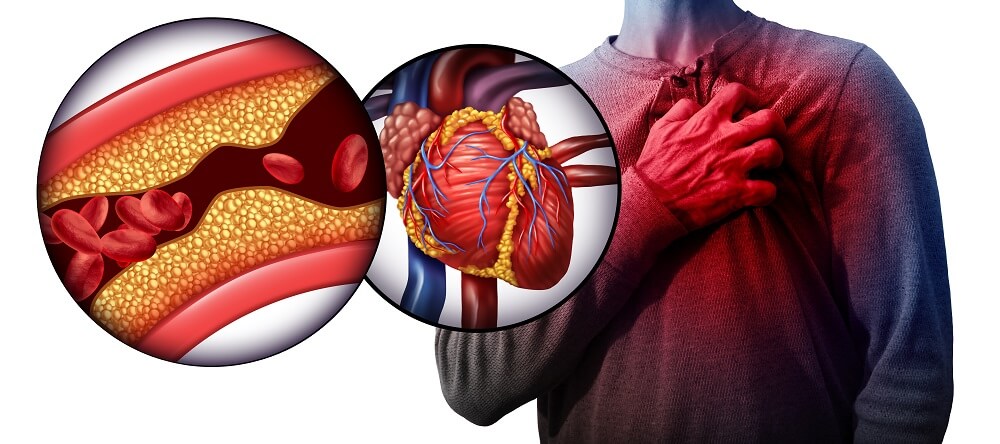
Clots in the coronary arteries can cause a heart attack. Symptoms include:
-
Chest pain or pressure, often described as squeezing or fullness.
-
Pain that radiates to the arm, jaw, neck, or back.
-
Cold sweats, nausea, or lightheadedness.
Women may experience subtler symptoms, such as fatigue or shortness of breath, rather than classic chest pain.
Risk Factors to Know
Blood clots can happen to anyone, but certain factors increase your risk:
-
Prolonged immobility (e.g., long flights, hospital stays)
-
Smoking
-
Obesity
-
Family history of clotting disorders
-
Birth control pills or hormone replacement therapy
-
Cancer or recent surgery
When to See a Doctor
If you notice any of the symptoms mentioned, especially if they come on suddenly or worsen quickly, don’t ignore them. Blood clots can escalate in minutes. Early diagnosis through imaging tests and blood work can save your life.
As Dr. Jacobs emphasizes, “The earlier we catch it, the better the outcome. Know your body and trust your instincts.”
News in the same category


World-first sperm race is happening soon and the creators have revealed how it will work

Scientists Grow First Fully Formed Tooth In Lab — A Groundbreaking Breakthrough
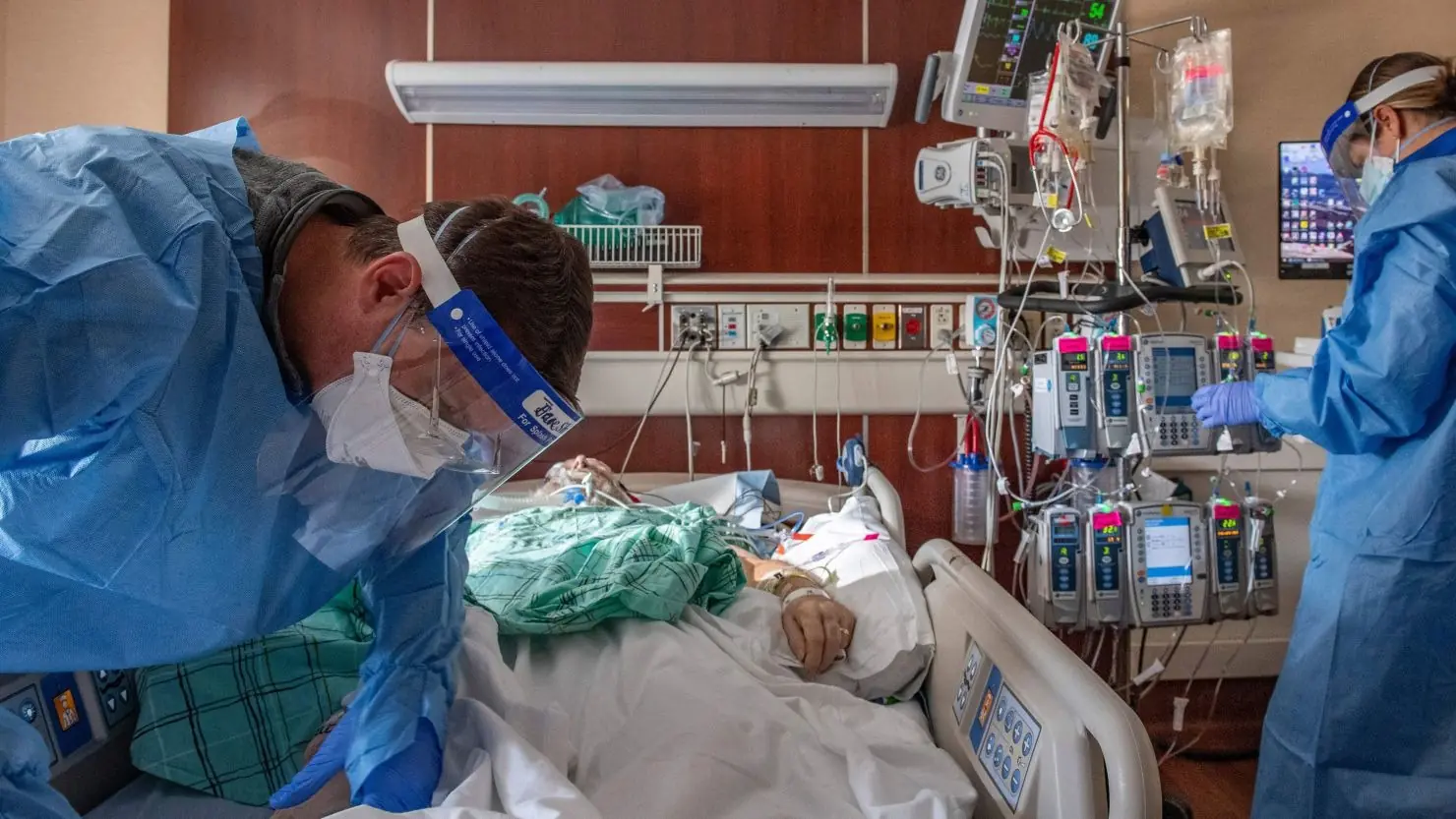
New COVID Wave Surges — Health Officials Sound Alarm As Cases Double

10 Things That Men May Find Unattractive About Women Over 50
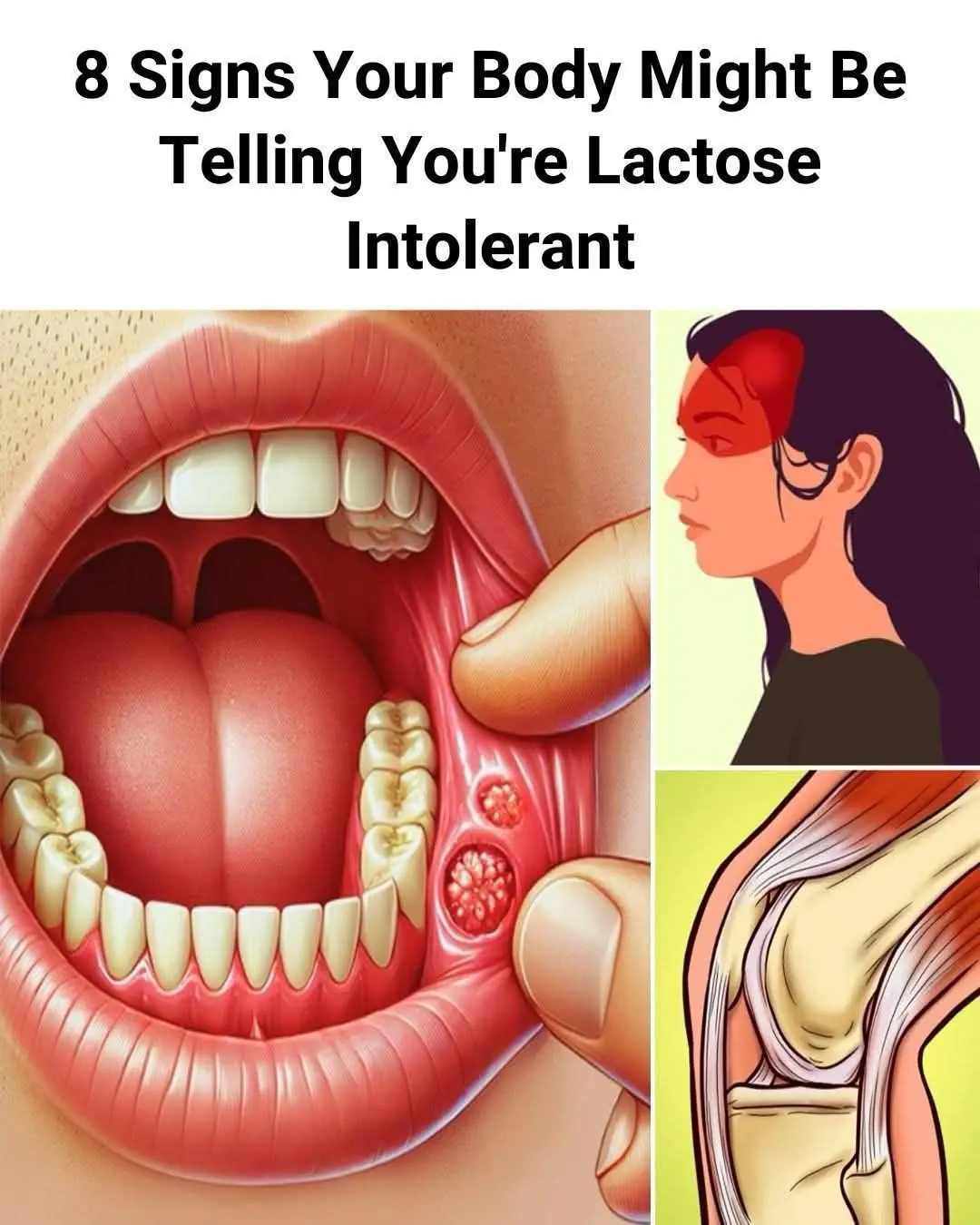
8 Signs You Might Be Affected by Lactose Intolerance

Understanding Diabetes: Types, Symptoms, Risks, and How to Manage It

Doctors Highlight A Rare Cancer Symptom That Can Appear On Your Toenails

Stroke Warning Signs: When Your Body Sends a Silent SOS

Understanding Cholesterol: The Good, the Bad, and How to Keep It in Check

Only 1 Cup a Day: Choose 1 of These 3 Drinks to CLEANSE Your Fatty Liver!
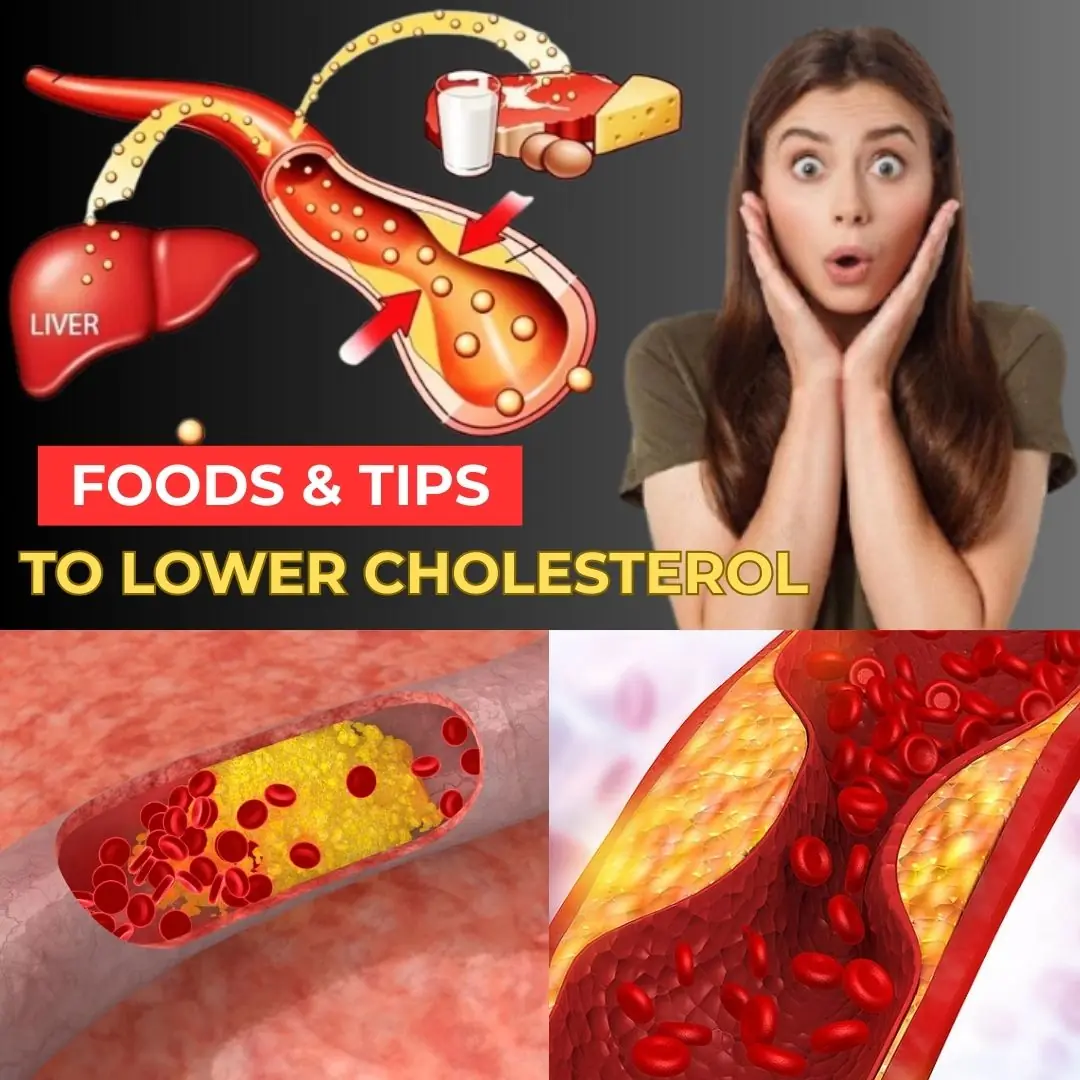
SHOCKING Tips to Lower Cholesterol! Foods You Need to Know!
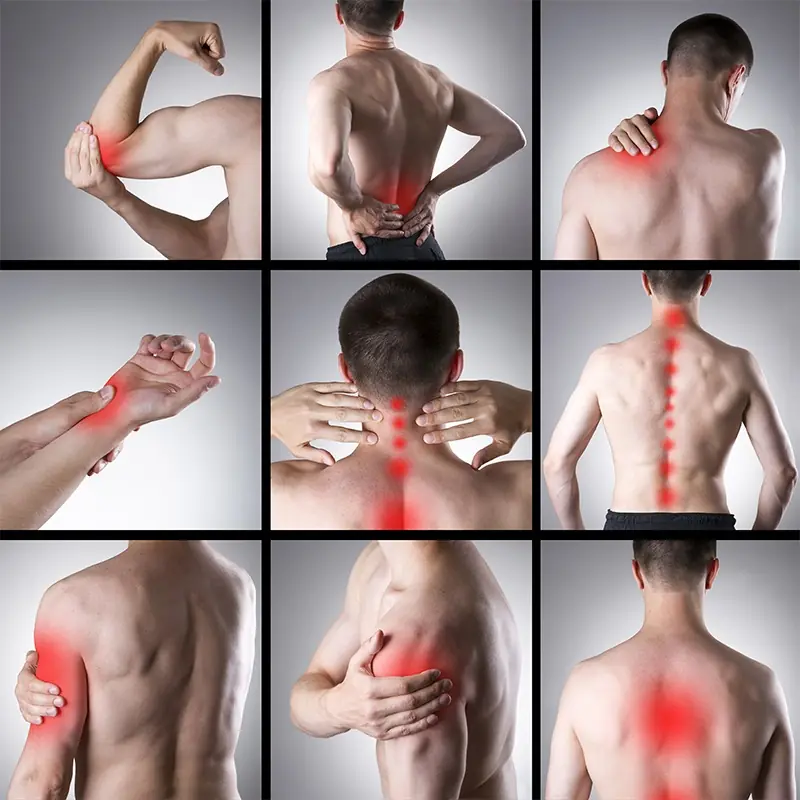
7 Kinds of Pain That Shouldn't Be Ignored

Natural Nighttime Elixir: Reduce Belly Fat in Four Days Safely
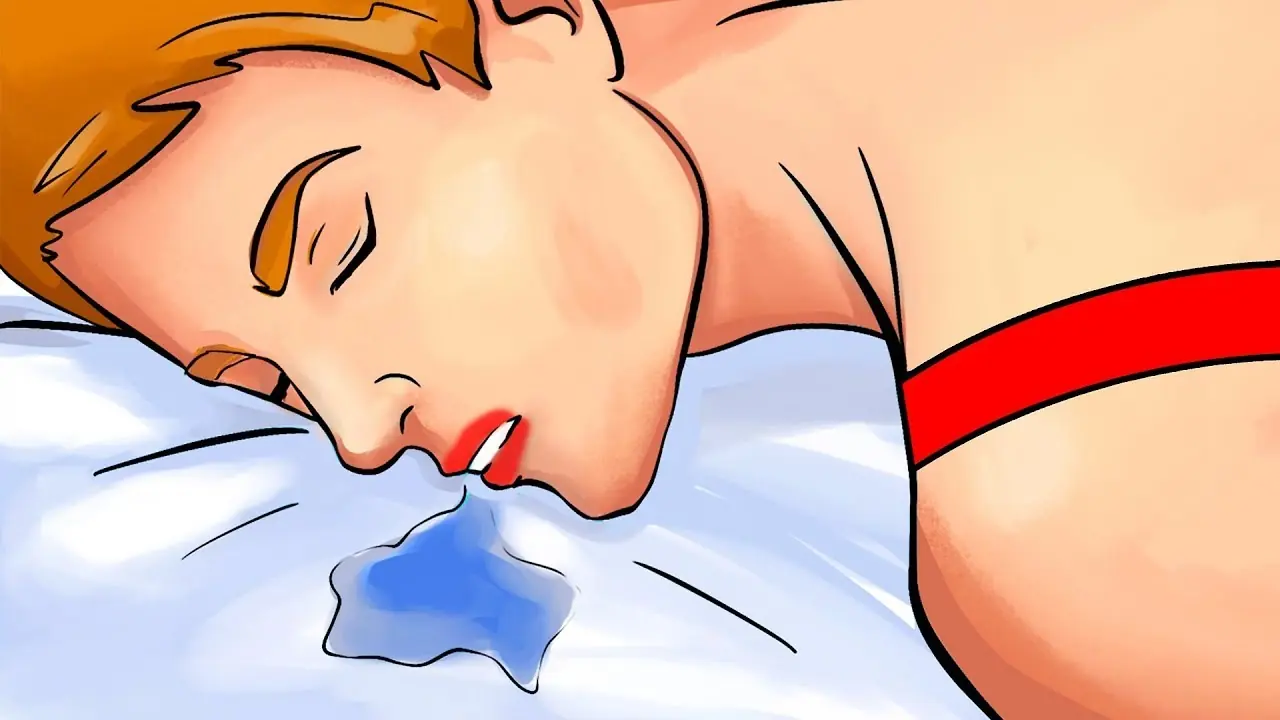
10 Reasons You’re Drooling While You Sleep and What It Could Mean
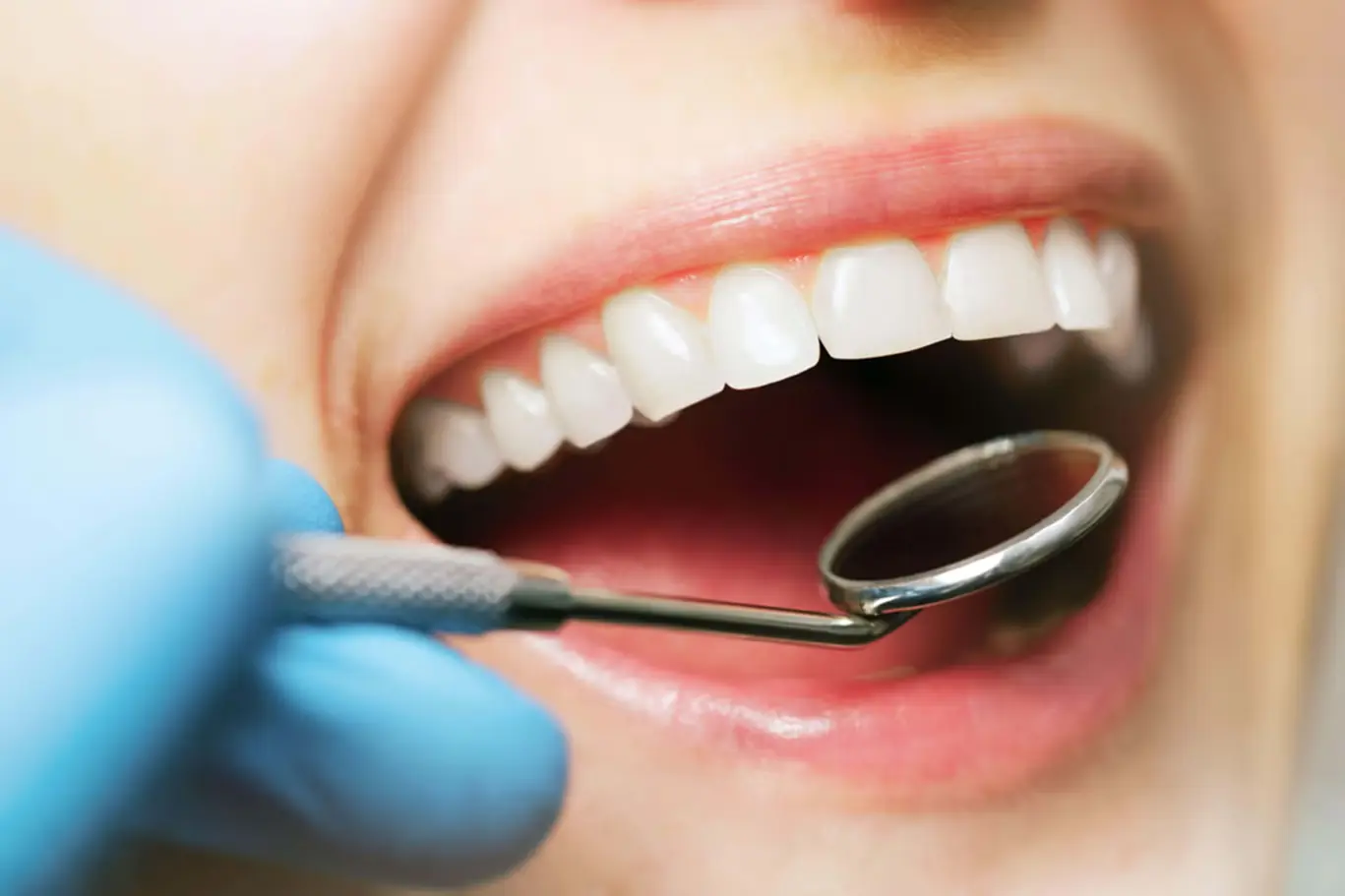
Scientists Successfully Grow Human Teeth in Lab — A Breakthrough in Dental Regeneration

The 4 Dangerous Qualities of “Dark Empaths”
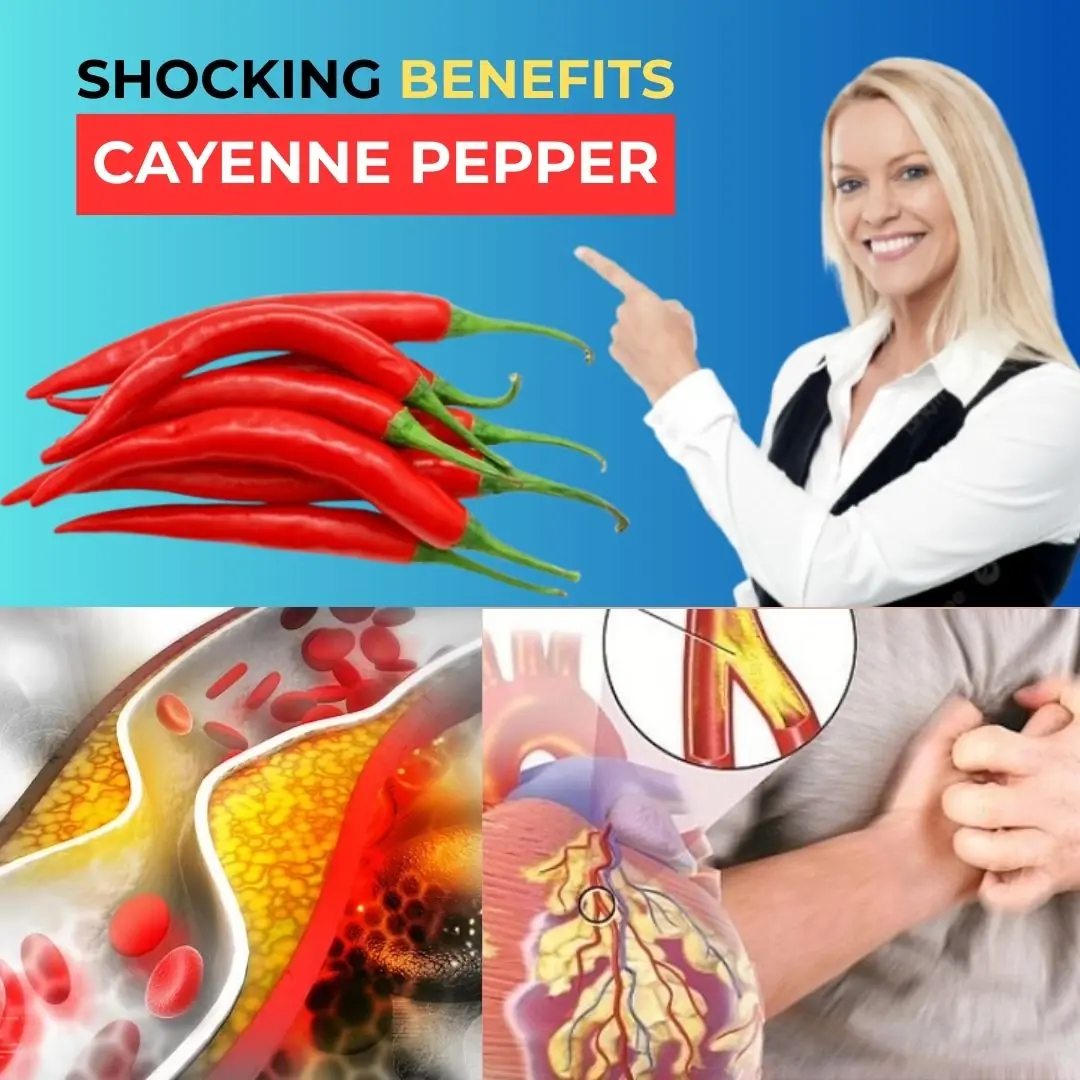
7 SHOCKING Benefits of Cayenne Pepper You Never Knew!

What Is Brain Fog? Scientists Are Finally Starting to Find Out
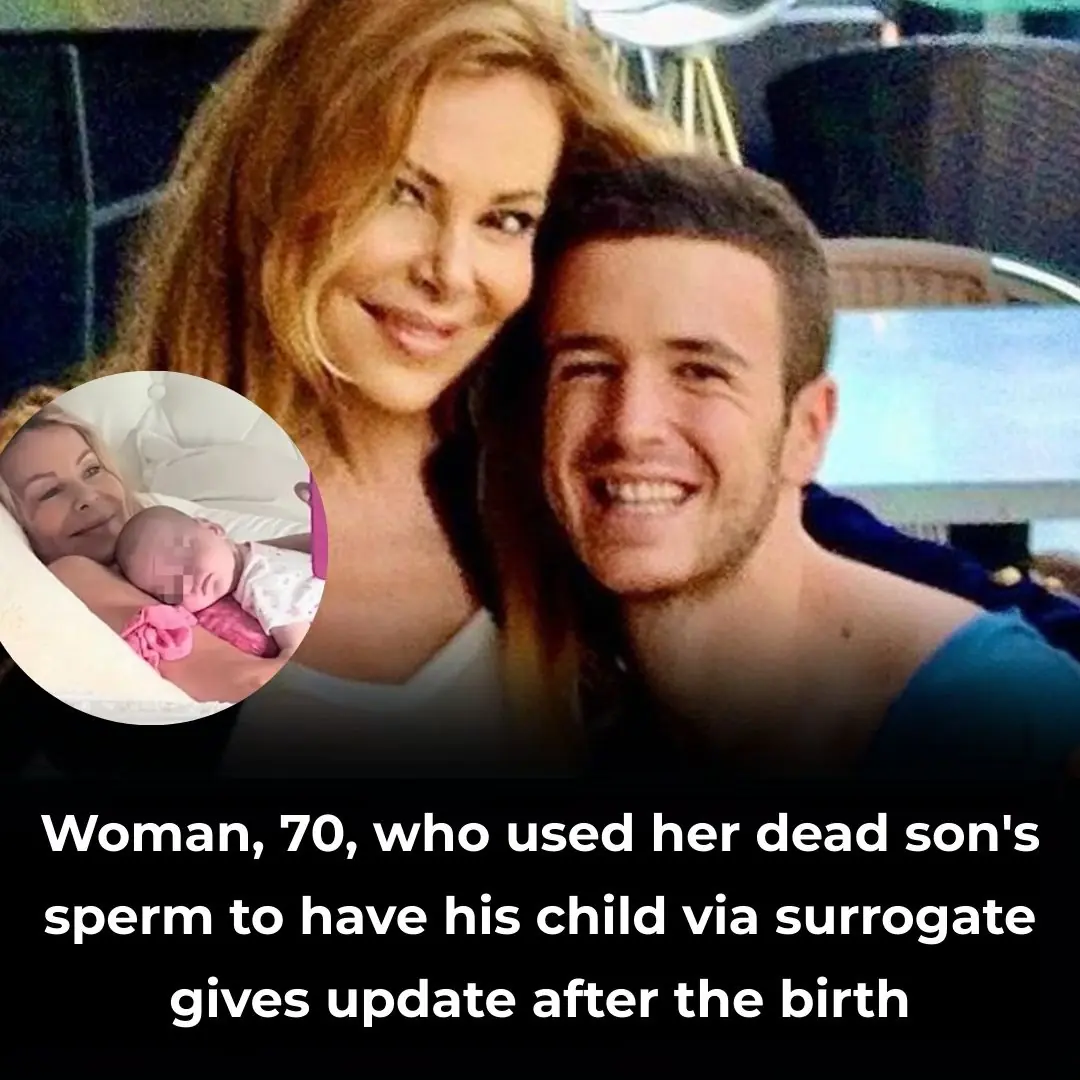
70-Year-Old Woman Who Used Her Deceased Son's Sperm to Have His Child Through Surrogacy Shares Update After Birth
News Post

Doctors make disturbing discovery in the brains of heavy alcohol drinkers that 'can cause long-term effects'

World-first sperm race is happening soon and the creators have revealed how it will work

Scientists Grow First Fully Formed Tooth In Lab — A Groundbreaking Breakthrough

New COVID Wave Surges — Health Officials Sound Alarm As Cases Double

10 Things That Men May Find Unattractive About Women Over 50

8 Signs You Might Be Affected by Lactose Intolerance

Understanding Diabetes: Types, Symptoms, Risks, and How to Manage It

Doctors Highlight A Rare Cancer Symptom That Can Appear On Your Toenails

Stroke Warning Signs: When Your Body Sends a Silent SOS

Understanding Cholesterol: The Good, the Bad, and How to Keep It in Check

Only 1 Cup a Day: Choose 1 of These 3 Drinks to CLEANSE Your Fatty Liver!

SHOCKING Tips to Lower Cholesterol! Foods You Need to Know!

Mix Baking Soda and Cloves to Save Tons of Money – You Won't Believe the Results!

The #1 Anti-Cancer Food You Should Be Eating

7 Kinds of Pain That Shouldn't Be Ignored

Natural Nighttime Elixir: Reduce Belly Fat in Four Days Safely

Harry Potter star told he may 'never walk or talk' again after shocking diagnosis

10 Reasons You’re Drooling While You Sleep and What It Could Mean

Scientists Successfully Grow Human Teeth in Lab — A Breakthrough in Dental Regeneration
